




As consumers demand more portability and convenience, one question becomes increasingly relevant for toothbrush manufacturers: Can a device equipped with a high endurance motor realistically provide long battery life—say, up to 90 days—on a single charge? This is not just a user expectation; it’s a critical design benchmark in today’s competitive oral care market. In this article, we’ll break down the core engineering principles, the role of motor design, and battery efficiency to answer this question.
A high endurance motor is engineered to deliver consistent torque and vibration output while minimizing energy loss. Unlike standard motors, high-endurance models use:
These features reduce internal stress and heat generation, allowing the motor to operate at optimal performance without drawing excessive power. The result? Smoother brushing, lower wear, and longer device longevity.
To evaluate whether a high endurance motor contributes to long battery life, we must analyze its energy draw relative to battery capacity. High-quality motors are designed to:
If the motor maintains a power draw of under 1W/hour and the toothbrush uses a 1200mAh lithium battery, 90 days of use (twice daily for 2 minutes) is a feasible target.
Battery endurance is also influenced by the brush’s overall power management strategy. Advanced designs use:
These components reduce unnecessary power drainage and extend standby time, allowing the long battery life claim to stand even with high-output motors.
While some brands advertise “90-day battery life,” real-world usage depends on user behavior:
That’s why pairing a high endurance motor with intelligent usage tracking (via Bluetooth apps, for instance) can help calibrate expectations and improve user satisfaction.
For OEMs developing high-performance toothbrushes, the key is integration. The motor, PCB, and battery must be calibrated as a system. Considerations include:
Providing lab-verified data to back long battery life claims strengthens trust with B2B buyers.
To support the 90-day claim, manufacturers should invest in endurance testing protocols such as:
Results from these tests can be included in product datasheets, helping B2B clients communicate confidence to their end users.
In conclusion, a high endurance motor can indeed support long battery life—even up to 90 days—if the system around it is optimized for efficiency. From battery capacity and motor design to power management software, every detail counts. For OEM and ODM partners in the personal care sector, the next generation of smart toothbrushes will be defined not just by brushing power, but by how long that power can last. Contact us
-300x300.jpg)
-300x300.jpg)
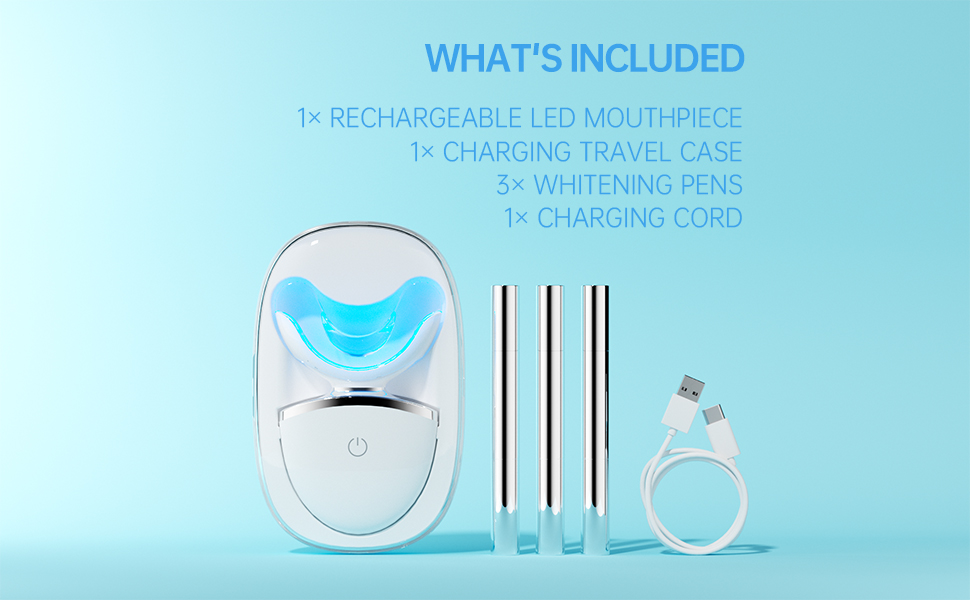
How Does Minimizing Chromatic Aberration Boost Luminescence Efficiency in LED Whiteners?
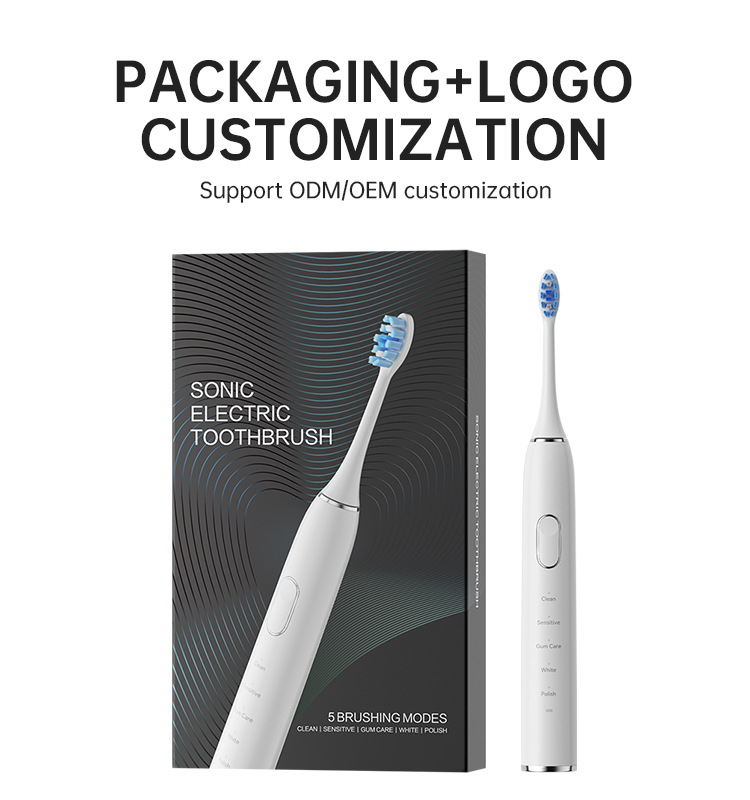
Why Use Cavitation Cleaning Technology in a Gingival Sulcus Cleaner for Professional Oral Care?
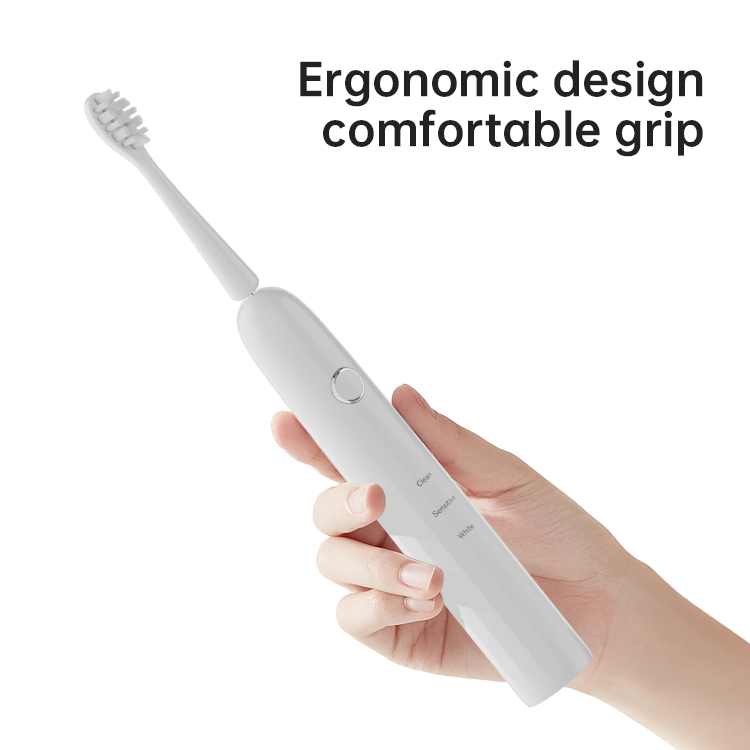
How Does Waterproof IPX7 Design Enhance the Durability of a Wireless Charging Base in B2B Oral Care Products?
.jpg)
Why Use Chromophore Targeting Gel With a Dental Water Jet for Enhanced Stain Removal?
.jpg)
oral care distributors Los Angeles
.jpg)
Why Optimize Light Diffusion Lens Design Based on Peroxide Decomposition Rate?
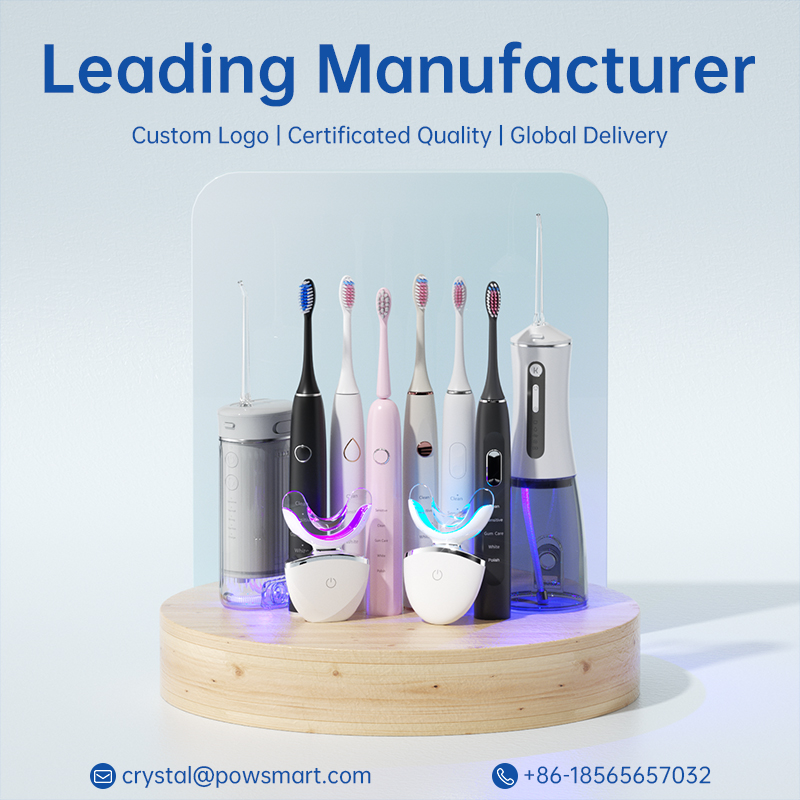
What Is the Most Profitable Oral Care Product to Manufacture and Custom Logo?
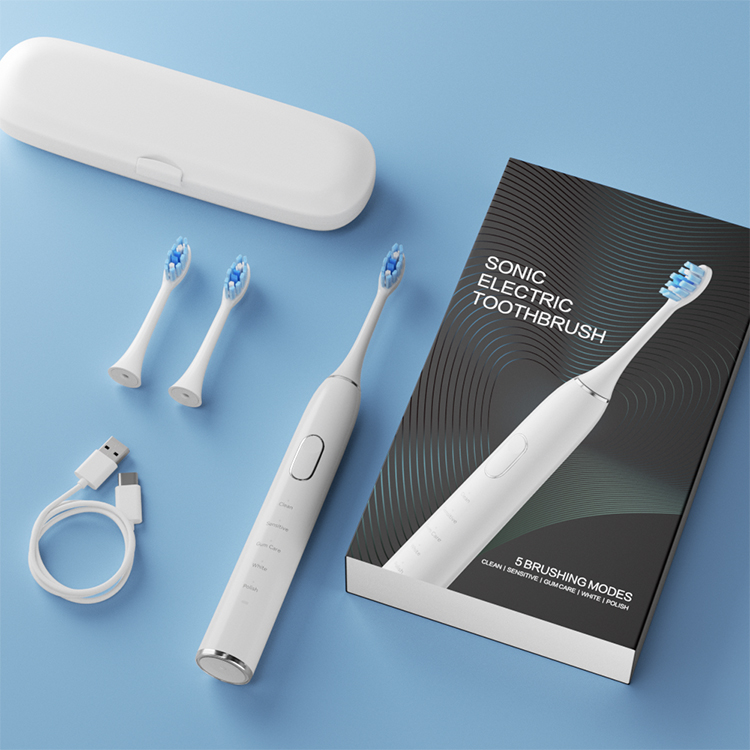
Why Is Cavitation Cleaning Technology More Effective With a Micro-Perforated Brush Head?
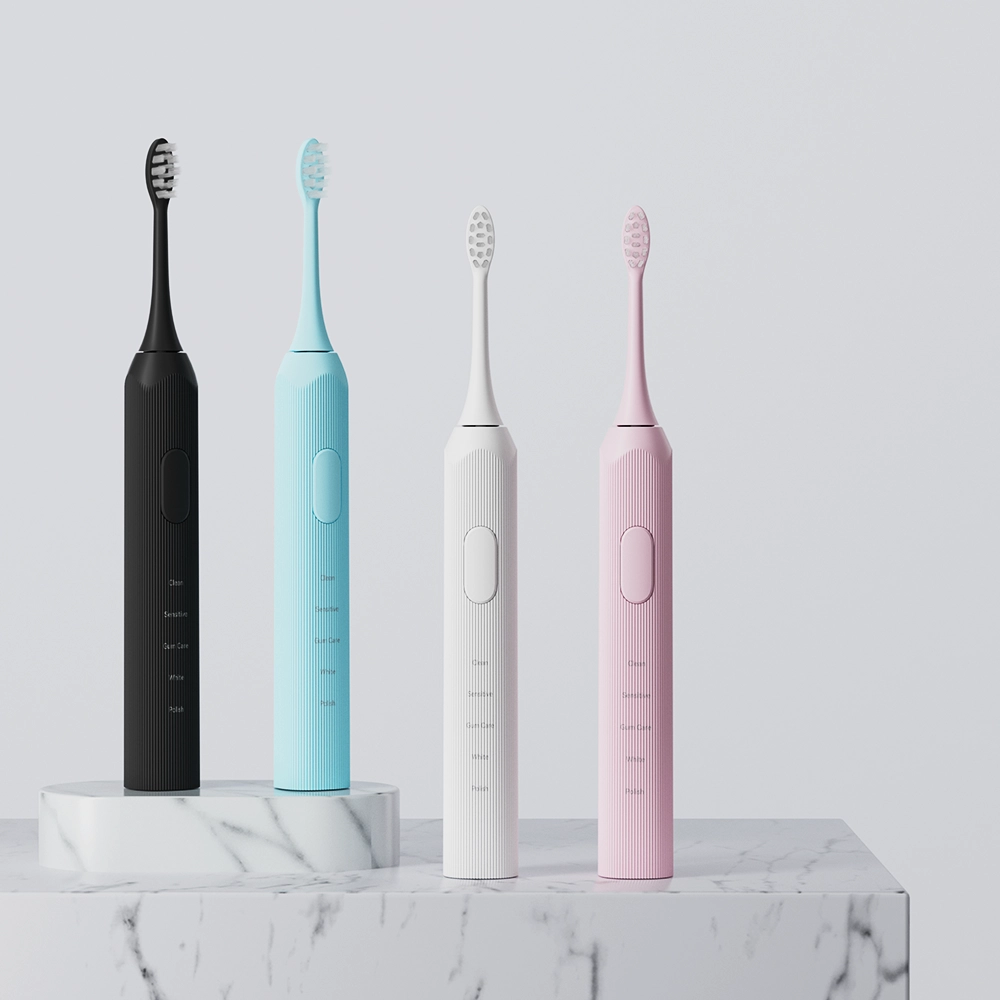
Powered Sonic Electric Toothbrush Anti-slip
.jpg)
Electric Toothbrush Customized Logo Rechargeable USB-C
.jpg)
Travel Size UVC Oral Irrigator OEM Available
Specification Model Name: PTR-X3 Material: PC, ABS Battery type: 1100 mAh lithium battery Rated voltage: DC 3.7V Fully Charged: ≤6H Product Size:221x64x45mm Waterproof: IPX8 Frequency: 1800
electric toothbrush heads Regular Clean
Regular Clean Brush Head 6mil (0.152mm)Dupont Tynex Classic Bristles. Conveys sonic vibration effectively 80% End-rounded rate, Clean while doesn’t damage enamel Color Reminder: Pedex Reminder.jpg)
Sonic Electric Toothbrush Customizable High Quality
.jpg)
Customizable Kids Electric Toothbrush
1-scaled.jpg)
Red & Blue Light Teeth Whitening Device Custom LOGO
.jpg)
Electric Toothbrush OEM Custom Logo
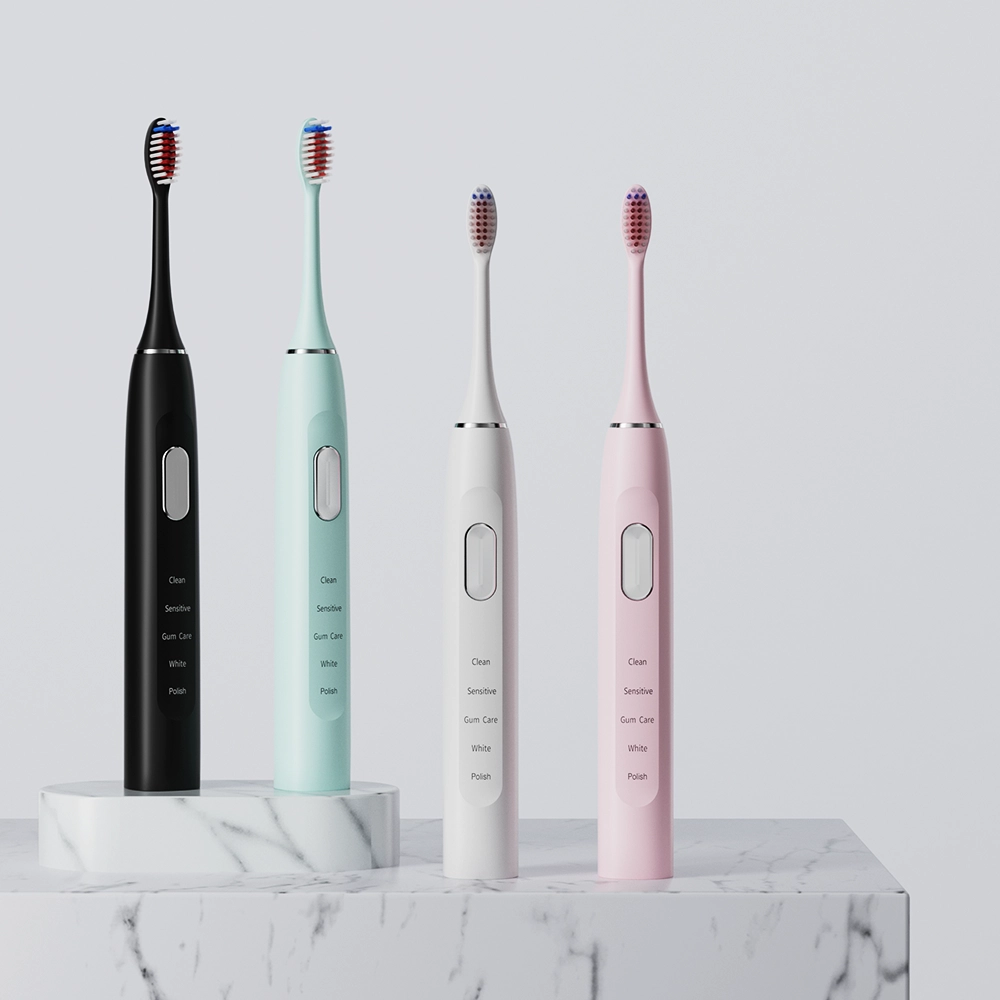
Ultrasonic Electric Toothbrush Custom Logo

LED Sonic Electric Toothbrush Available for Customization

electric toothbrush heads Deep Clean
Regular Soft Bristles 6mil (0.152mm)Dupont Tynex Brilliance Bristles Conveys sonic vibration effectively 80% End-rounded rate Clean while doesn’t damage enamel Color Reminder Pedex Reminder.jpg)
Custom Private Label Electric Toothbrush
.jpg)
Children Sonic Electric toothbrush
Product series: Children Product color: white, pink, green (can customize other colors) Product features: Brush head: food-grade ABS material, safe and healthy; German PEDEX color-changing bristles-1.jpg)
OEM Available Electric toothbrush For Kids
.jpg)
Sonic Electric Toothbrush Waterproof Custom Logo
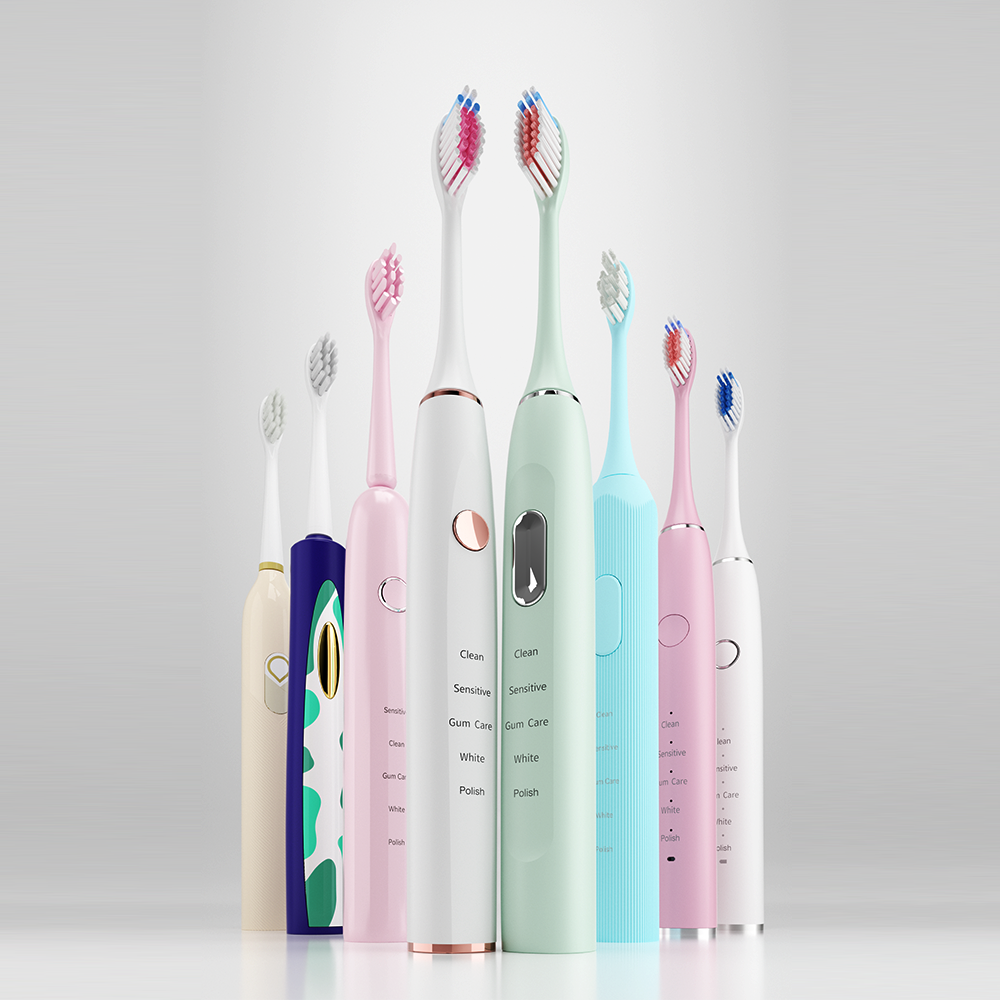
Wave Vibrating Sonic Toothbrush Available for OEM ODM
.jpg)
Oral Irrigator UVC Portable OEM Available
Specification Model Name: PTR-X3 Material: PC, ABS Battery type: 1100 mAh lithium battery Rated voltage: DC 3.7V Fully Charged: ≤6H Product Size:221x64x45mm Waterproof: IPX8 Frequency: 1800.jpg)
Florida Electric Toothbrush – Powsmart PTR-C8
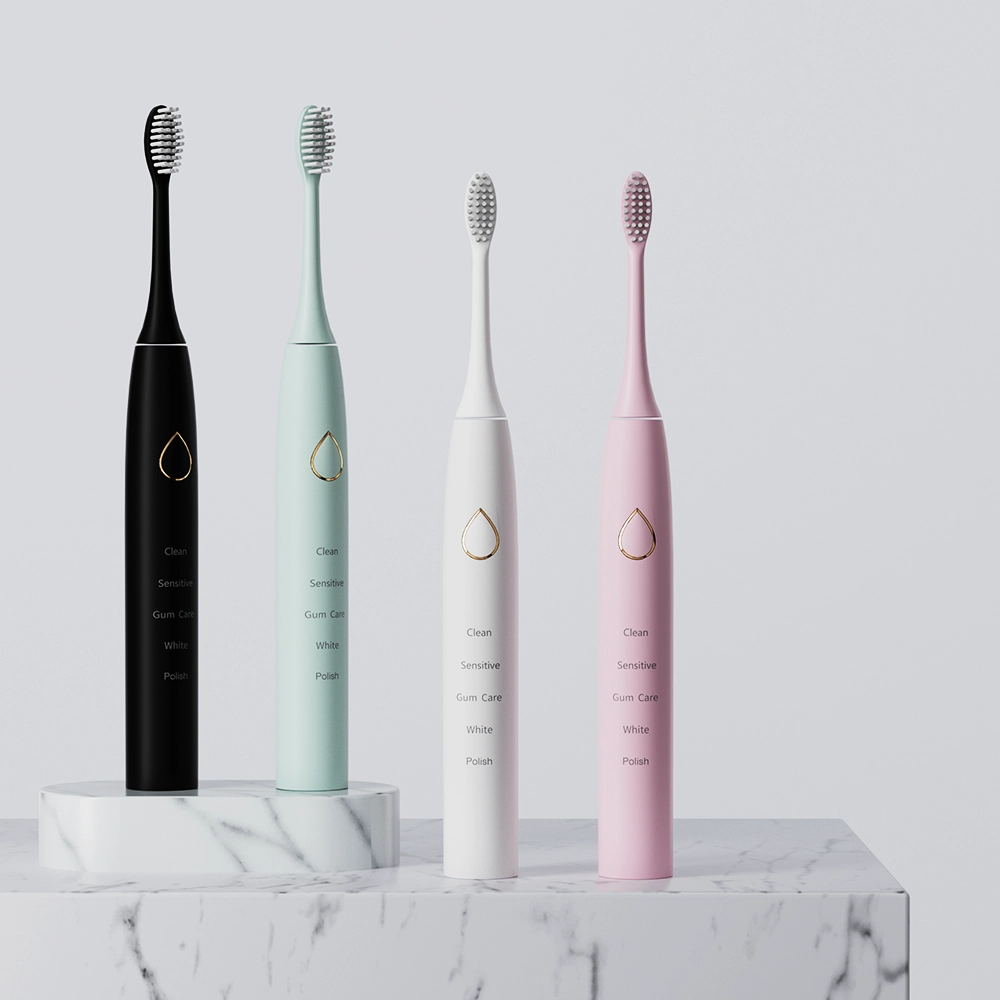
Custom Logo Private Label Sonic Toothbrush
-1-scaled.png)
Customizable Teeth Whitening LED Light
Customer satisfaction
We prioritize customers' satisfaction by providing exceptional service and support.
sincerity
We are committed to upholding the highest ethical standards in all aspects of our business.

.jpg)
A sonic toothbrush is an advanced type of electric toothbrush that uses high-frequency vibrations to clean teeth.
.jpg)
A smart toothbrush is an electric toothbrush that connects to a smartphone app via Bluetooth.
.jpg)
Electric toothbrushes remove plaque more effectively than manual brushes, promoting better oral health.
Your professional source for private label electric toothbrushes
Your Vision, Engineered by Our Professional R&D. From concept to cutting-edge electric toothbrush.
Perfect Your Electric Toothbrush with Our Precision Sample Development. Let's align vision and reality, sample by sample.
Streamline your supply chain with our high-volume electric toothbrush manufacturing.
Wholesale electric toothbrushes of all types—for every market, every customer.
Our fast worldwide delivery gets your electric toothbrushes to shelves faster.
Our electric toothbrushes are manufactured under advanced ISO9001 & medical-grade ISO13485 standards.
Your most cost-effective electric toothbrush source—quality assured.
If a product is hot, there is a good chance Relish already has it in stock, just waiting for your label.
Get a Sample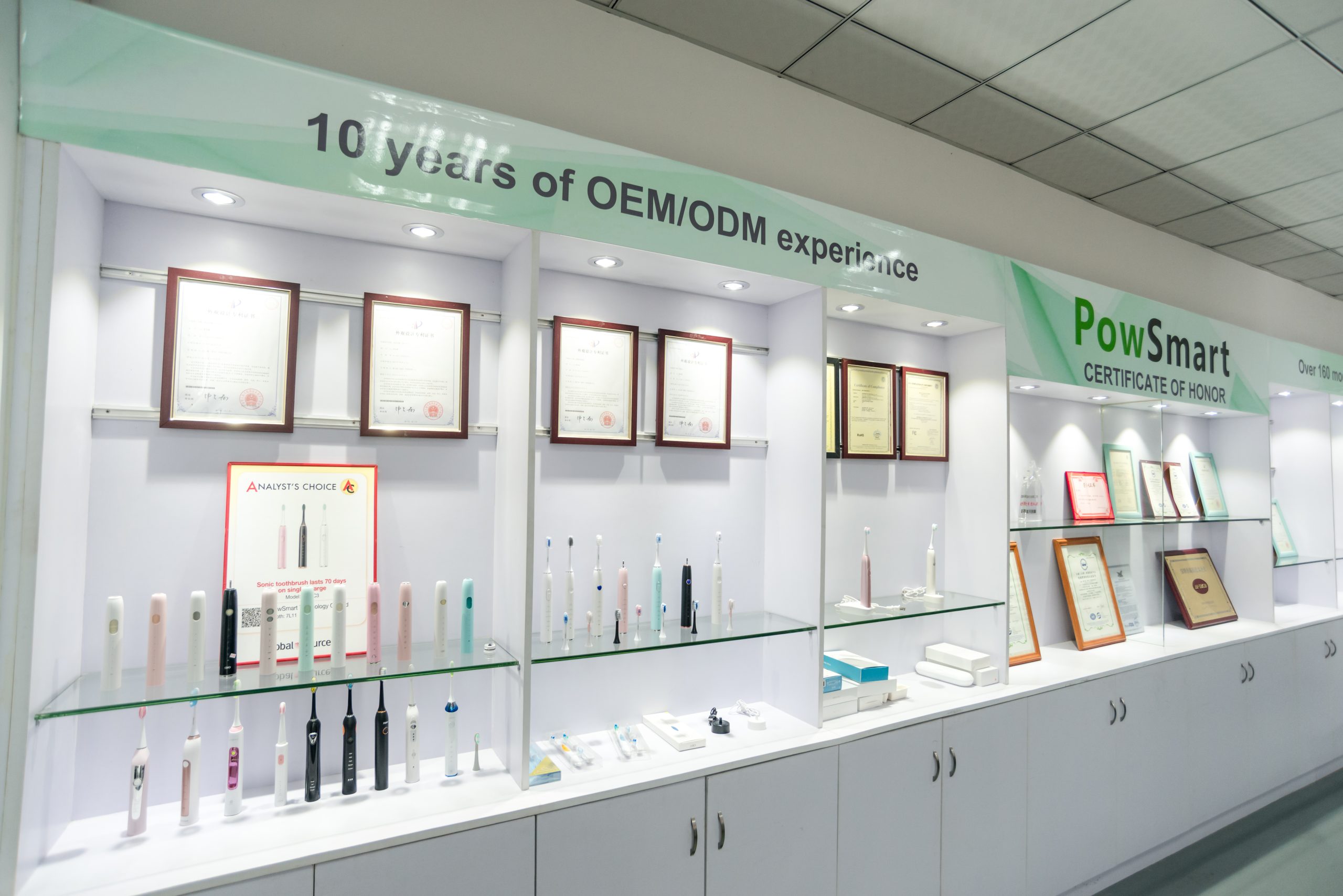
We arexporting our products globally from which the most well-known partners are Walmart, BestBuy, Honeywell, Target, Haier and Xiaomi.
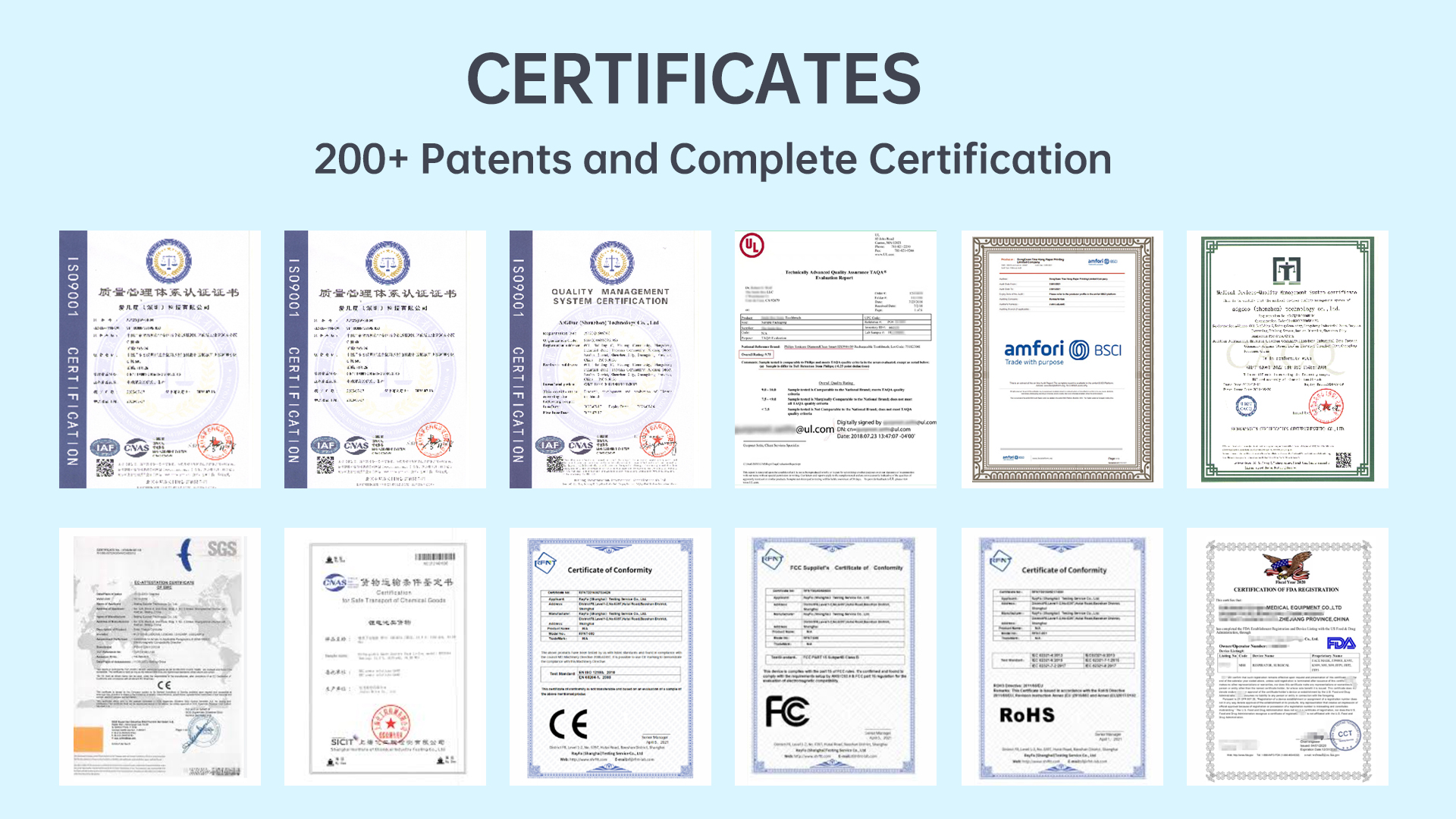
Relish is ISO9001, ISO13485, BSCI certified, and FDA registered, with lots of certifications such as CE, CB, ROHS, CETL, FCC, PSE, SGS, ERP, LFGB, and Reach etc.